Since COP26 the concept of just transition referred to in the 2015 Paris Agreement and ILO Guidelines has been increasingly acknowledged by national and local authorities as well as financial actors and companies across sectors. However, this surge in commitments and claims has also been characterised by a wide variety of definitions and understandings of what constitutes a “just” transition and how to go about achieving it. Guidance to date has largely focused on policy making by national and local authorities to shape a worker-centred transition. There remains a large gap in common understandings of both: i) the potential impacts (positive and negative) that climate action can pose to a wide range of people beyond the workforce, in particular indigenous peoples and other marginalized host communities, and; ii) the private sector’s role and responsibility for people-centred mitigation and adaptation actions.
On Thursday November 10th 2022 IHRB convened a dialogue at COP27 in Sharm El Sheikh to explore these gaps through the lens of the wind energy sector, hosted at the first-ever ILO Just Transition Pavilion.
Wind energy is projected to enjoy exponential growth over the coming years. This is crucial to advancing global decarbonisation goals and reaching 1.5 degree targets. Managed responsibly, the wind energy sector also offers significant social benefits and opportunities, including new jobs and skills for workers, as well as the chance to embed community equity, benefit, and co-ownership directly into the structure of local energy systems. At the same time, the risks and impacts to workers, indigenous peoples, and host communities throughout the wind value chain must be proactively managed in parallel. Risks of land grab, threatened livelihoods, loss of sacred land or agriculturally productive land, ecosystem and habitat destruction are some of the problems emerging where engagement and consultation with communities is inadequate, and legal challenges by indigenous peoples from Norway to Honduras against wind farms have already been upheld in courts. Down the supply chain, mining for transition minerals and sourcing other raw materials needed for wind energy such as copper and cobalt from DRC and balsa wood from Ecuador are seeing widespread and growing impacts on workers and communities as demand mounts.
Featuring
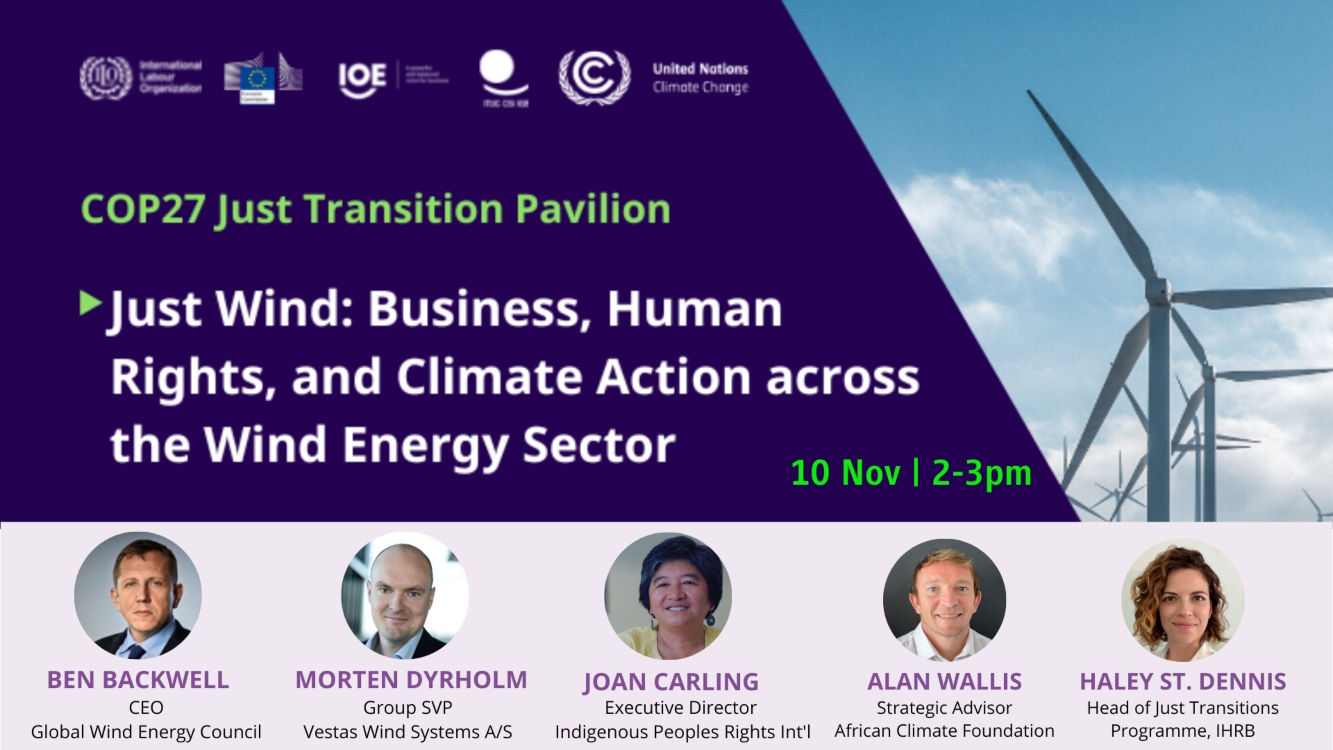
- Joan Carling, Executive Director, Indigenous Peoples Rights International
- Morten Dyrholm, Group SVP, Vestas Wind Systems A/S
- Ben Backwell, CEO, Global Wind Energy Council
- Alan Wallis, Senior Advisor, African Climate Foundation
- Haley St. Dennis, Head of Just Transitions programme, Institute for Human Rights and Business
Key questions
This session explored these social dynamics through a conversational and interactive dialogue in which discussants reflect on key questions including:
- Benefits and Opportunities: How can the coming wind energy boom be harnessed to ensure local communities and indigenous peoples enjoy tangible, equitable benefits, in terms of access to both affordable clean energy and long-term sustainable revenue? Where are the current inhibitors for this progress?
- Risks and Impacts: Where are the greatest risks of negative impact of growth in wind farms on workers, indigenous peoples, and local communities? Are adequate human rights due diligence and impact assessments currently being undertaken alongside EIA’s by wind energy developers, suppliers, and customers?
- Agency and Accountability: How can the wind sector better embrace the voice and perspective of potentially affected groups in decision making processes, including indigenous peoples’ right to free, prior, and informed consent? What kind of mechanisms will drive greater accountability for just transition claims and transparency over progress and challenges?
- Structural Transformation: What incentives, disincentives, or standards are needed across the wind energy sector to structurally embed respect for human rights and better leverage decarbonisation as an unprecedented development opportunity?

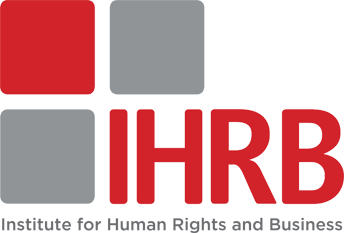
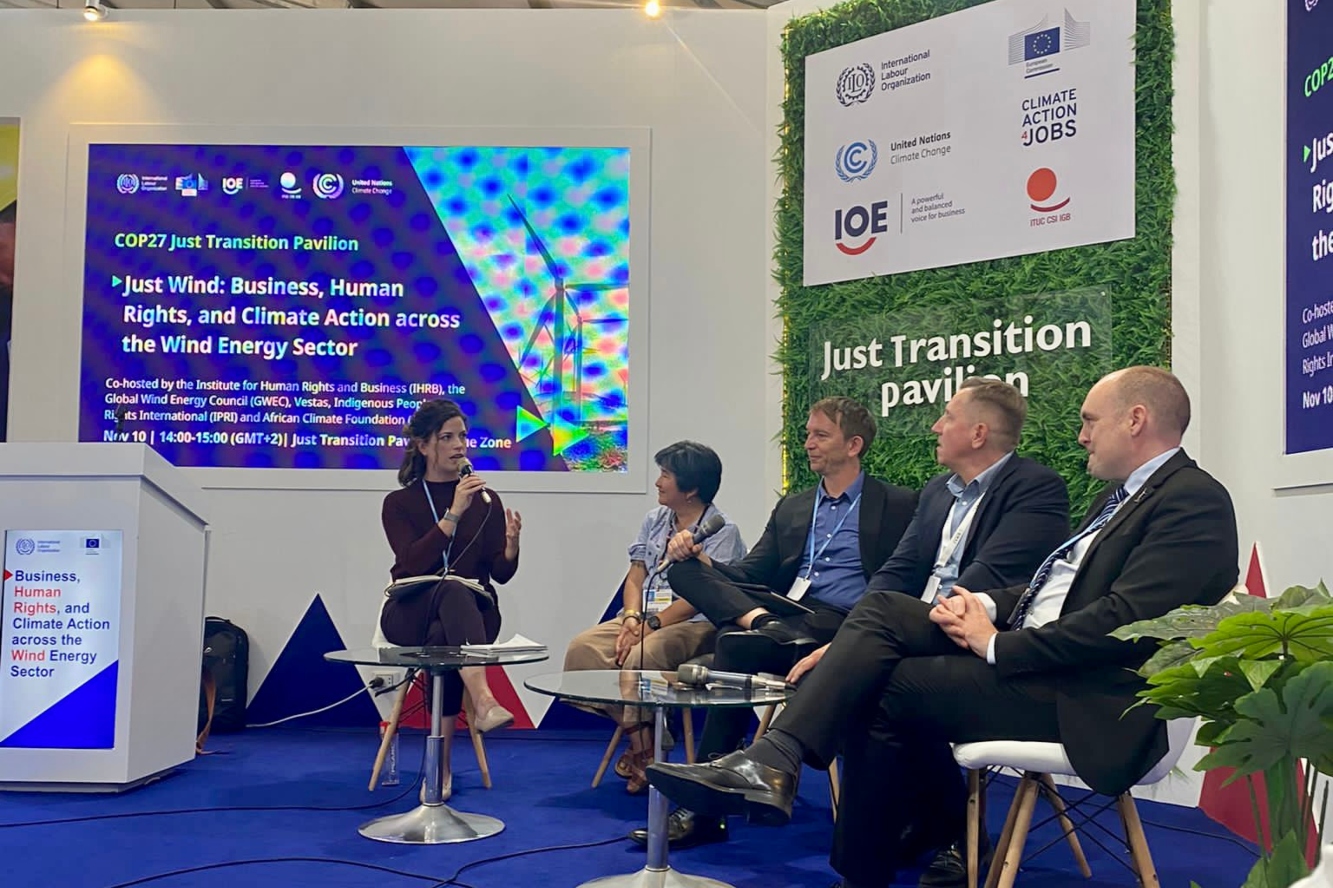
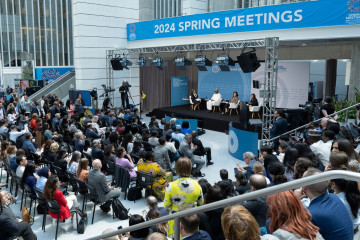
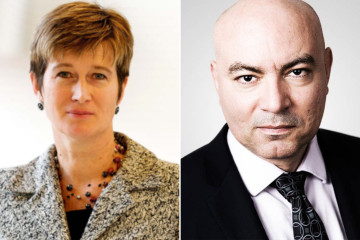
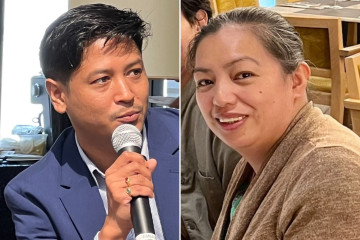
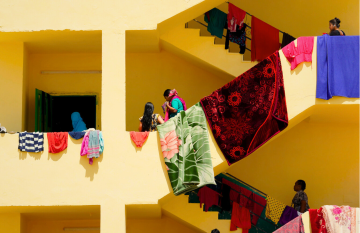
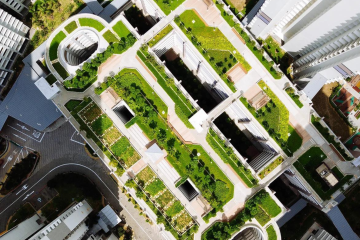
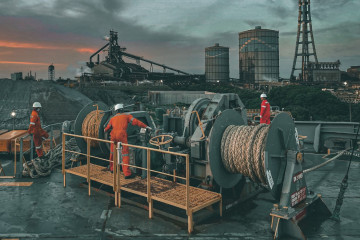
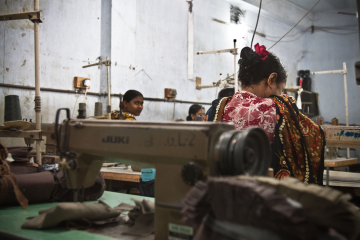
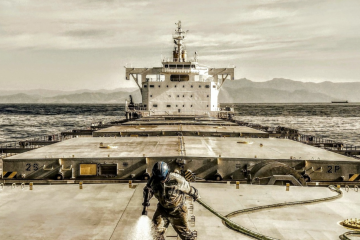
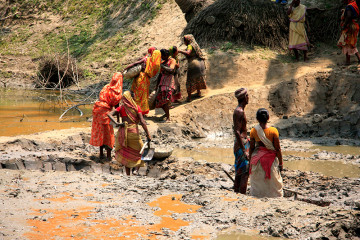
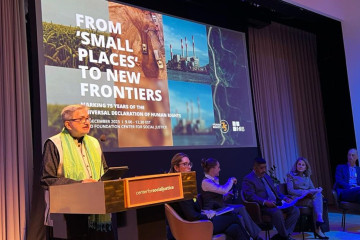
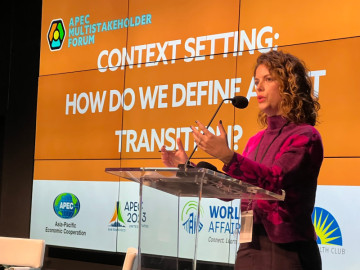
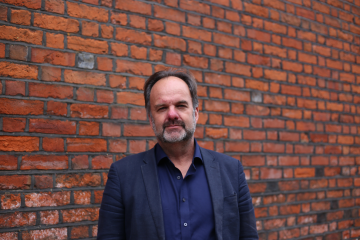
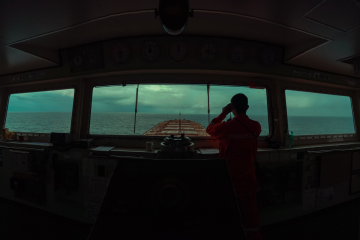
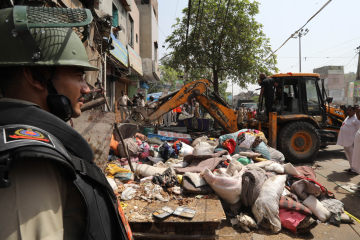
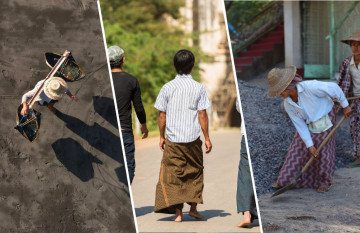
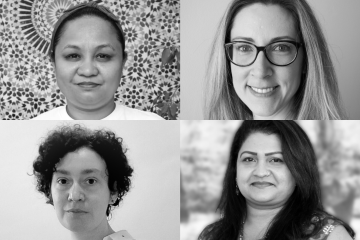
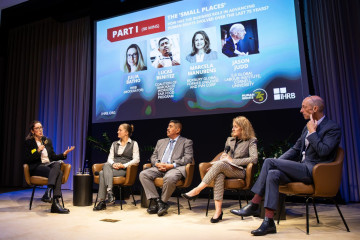

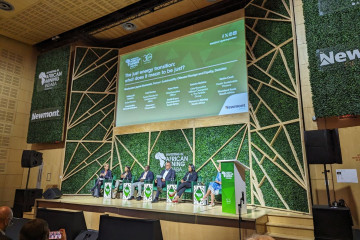
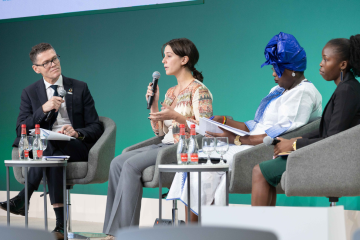
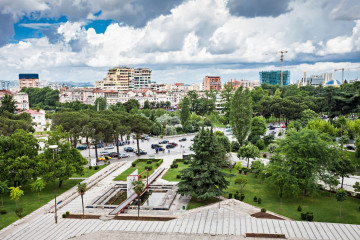
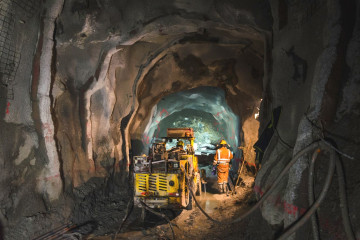
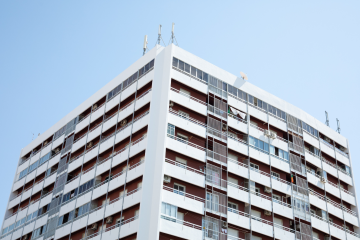
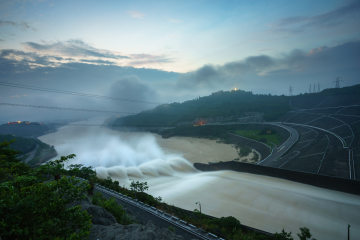
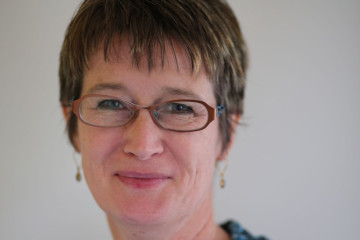
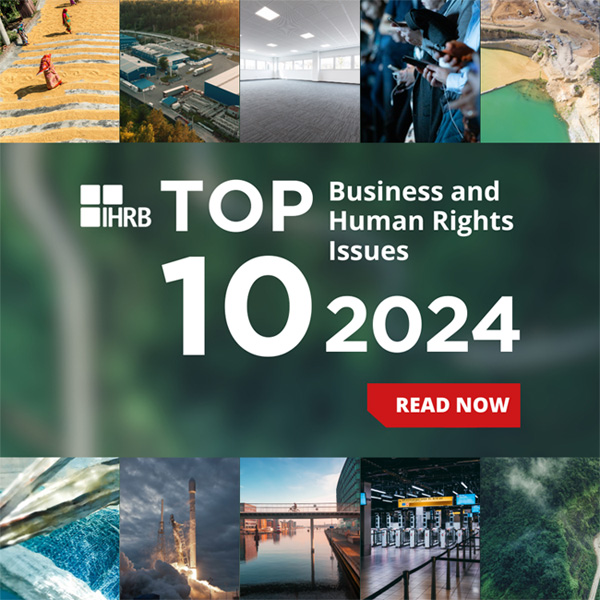
The perception of ‘value’ needs to change if the World Bank’s mission is to succeed
Last week we attended the Spring Meetings of the World Bank and International Monetary Fund (IMF) in Washington, D.C. The annual IMF-World Bank meetings bring together finance ministers and central bankers from all regions as a platform for official...
26 April 2024 | Commentary
Commentary by Vasuki Shastry, Author, ESG/Strategic Communications Expert; International Advisory Council, IHRB Haley St. Dennis, Head of Just Transitions, IHRB